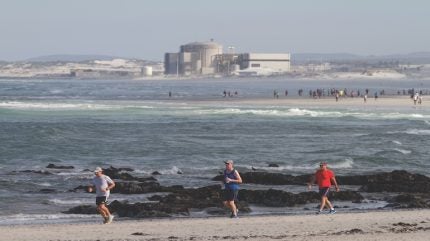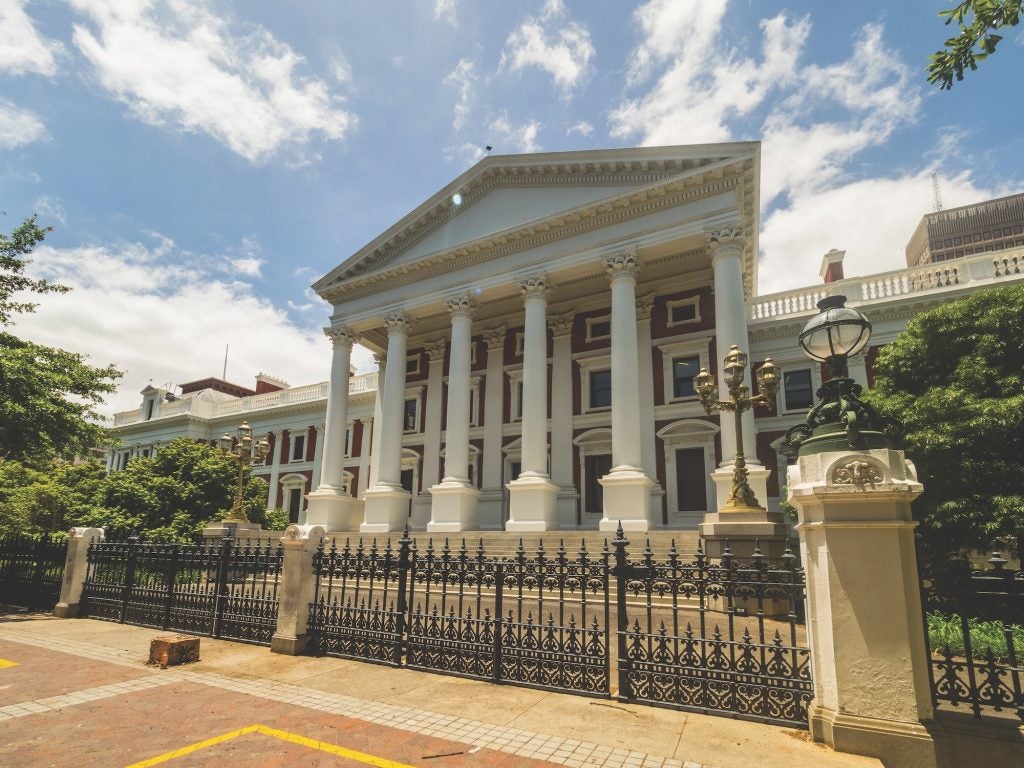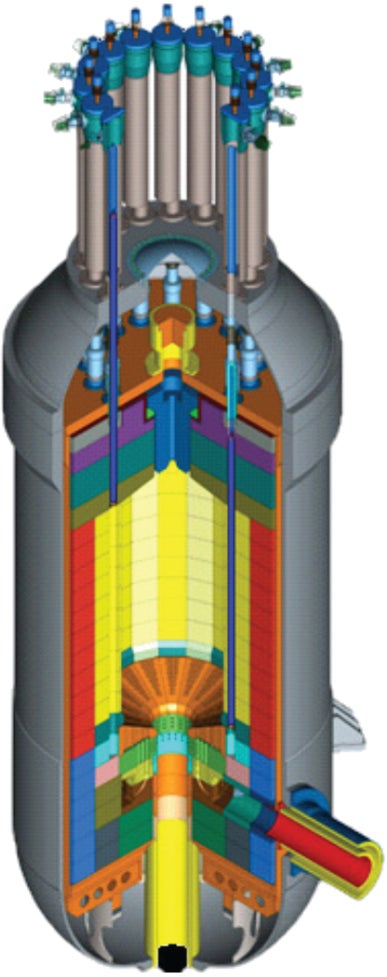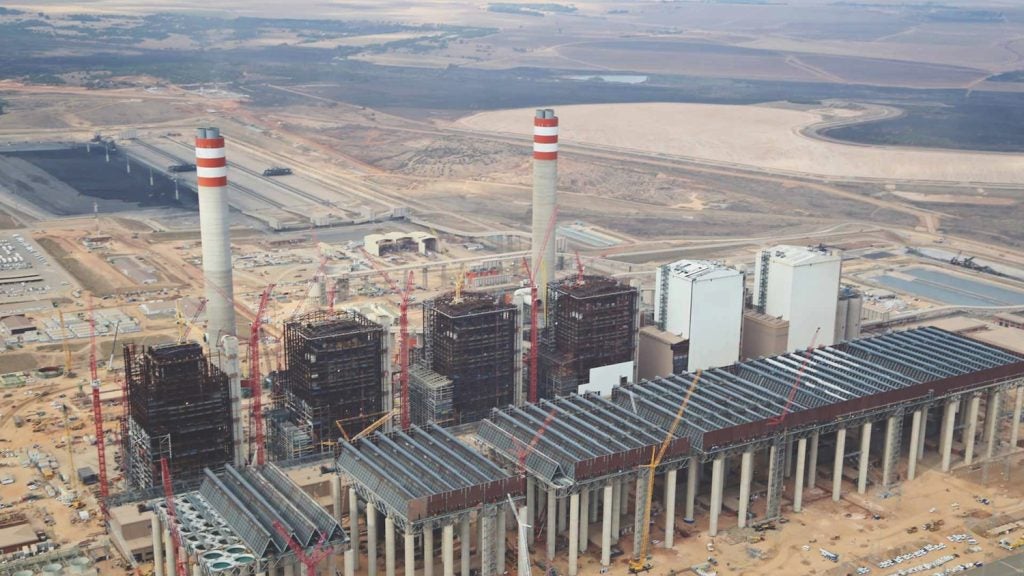
Achieving Net Zero carbon objectives by 2050 is a complex challenge that requires a nuanced and balanced approach, particularly for a country like South Africa. With an integral understanding of nuclear energy, I firmly believe that the only viable path to this ambitious goal lies in a strategic blend of nuclear and renewable energy sources.
Nuclear energy is not just an option, it is the cornerstone of a sustainable energy future for South Africa. It is the only clean baseload power source capable of supporting the country’s energy demands without the significant carbon emissions associated with coal, oil, and gas. At international forums like COP 28 and among leading nations in the G5, a combination of nuclear and renewable energy has been recognised as essential for reaching net zero carbon emissions by 2050. For South Africa, this reality is particularly pressing. With our hydro capacity maxed out and fossil fuels contributing heavily to our carbon footprint, nuclear stands out as the most reliable and sustainable baseload option available.
The global momentum towards nuclear energy is undeniable. Currently, around 65 nuclear power stations are under construction worldwide, and a noteworthy trend is the rise of small modular reactors (SMRs), each with a capacity of approximately 100 MW. These SMRs represent a significant evolution in nuclear technology. They offer a reliable energy availability factor (EAF) of 90%, which far surpasses the 30% EAF typically achieved by wind and solar energy. This reliability is critical for ensuring a stable energy supply, something that intermittent renewable sources alone cannot provide.
Cost of nuclear vs other solutions
While there are often concerns about the high capital costs associated with nuclear power plants, it is crucial to consider these costs in the context of a plant’s lifespan, which can extend from 60 to 80 years. The initial capital outlay is significant, but very low operating costs counterbalance it. Koeberg, for example, operates at just a 9.9 USc /kWh primary energy cost, compared to coal’s 70 c/kWh. Once the capital costs are amortised, nuclear emerges as the most cost-effective source of baseload electricity available. The cost of a nuclear plant long-term operation project is also significantly cheaper than adding new onshore wind or solar photovoltaics (PV), according to the International Energy Agency 2020. The average cost in South Africa’s recent Integrated Resource Plan (IRP) Bid Window 6 was 49 c/kWh for wind and 43 c/kWh for solar PV.

Another point often overlooked in discussions about renewable energy is the actual cost of solar and wind power. The quoted figures tend to reflect only the energy cost at the point of grid delivery, omitting several other critical expenses. These include the costs of grid construction and maintenance, transmission, and the need for backup power generation. To get an accurate picture of the cost of renewables, these factors must be included, which is why the levelised cost of electricity is so important.
Nuclear funding options
Given the financial implications and the need for swift action, exploring commercial models like Build, Own, Operate (BOO) and Build, Own, Operate, Transfer (BOOT) offers a pragmatic solution for South Africa. The BOOT model, in particular, allows an external entity to build, own, and operate a nuclear plant, with the eventual transfer of ownership to the national power utility – Eskom, in this case. This approach could significantly reduce the financial risk to the country while accelerating the construction of much-needed nuclear infrastructure.
In the broader quest for global energy security, SMRs offer a promising avenue. These modular reactors are less capital-intensive than large-scale nuclear plants and can be constructed more quickly. Their strategic placement at existing coal-fired power stations allows us to leverage current grid infrastructure, creating employment opportunities for local communities and efficiently replacing ageing coal assets. SMRs are ideally suited to replace the units decommissioned from Eskom’s coal-fired power stations between 2030 and 2050. Their inherent safety features, lower construction cost, and no requirement for water for cooling make them an attractive option, particularly in water-scarce regions like South Africa.
Regarding costs, the economics of SMRs differ from those of larger reactors. While the cost per megawatt installed (MW) is initially higher due to the lack of economies of scale, SMRs benefit from the economy of multiplicity. Adding more units decreases the cost per MW, making them increasingly affordable over time.
Among the various types of modular reactors, three are particularly well-suited to South Africa’s needs. We have a long history with pebble bed modular reactors – a high-temperature gas reactor – and with pressurised water reactors (PWR) like the one at Koeberg, which remains a beacon of our nuclear capabilities. We also have the intellectual capital and technical expertise to produce the necessary fuel, having once led the world in high-temperature gas reactor technology. Additionally, molten salt reactors are a compelling option, particularly for industries like Sasol requiring high-temperature steam. Finally, a mini-Koeberg, a 100 MW integrated PWR version of our existing reactor, could be a feasible and efficient solution. Regardless of type, these reactors share a common advantage: they can all be built within a five-year timeframe, providing a timely response to our energy
needs.

The realities of SA’s energy landscape
As we transition towards cleaner energy sources, we must acknowledge the realities of South Africa’s current energy landscape. Despite our best intentions, 72% of our energy comes from coal, which will not change overnight. The Integrated Resource Plan (IRP) outlines several scenarios for our future energy mix, ranging from a gradual phase-out of coal in favour of gas, wind, solar, and nuclear to a more aggressive approach prioritising the lowest emissions scenario. However, given that Medupi and Kusile, two of our newest coal plants, have only recently come online, we are looking at another 40 years of coal-generated electricity.

In light of this, I remain cautiously optimistic about our ability to achieve net zero emissions by 2050. While it may not be entirely realistic, we can certainly make significant strides in that direction. The health impacts of coal emissions on our population, combined with the global threat of climate change, make it imperative to reduce our carbon emissions as much as possible. The road ahead is challenging, but with a strategic and balanced approach that includes both nuclear and renewable energy, South Africa can pave the way for a more sustainable and secure energy future.






